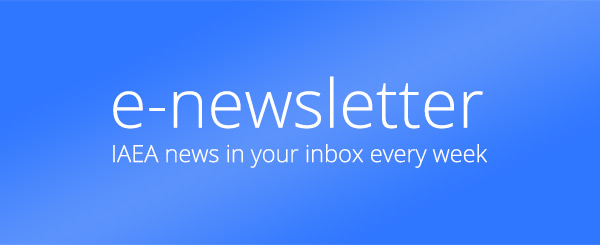Development and Applications of Isotopic Techniques to Assess Nutrient Fluxes from the Land to Sea and Their Link to Eutrophication and Harmful Algal Blooms (Linking nutrient fluxes, eutrophication, and HABs)
Open for proposals
Project Type
Project Code
F33030CRP
2396Approved Date
Status
Description
Coastal eutrophication, the process by which excessive nutrients accumulate in waters resulting in large algal blooms, is becoming a problem of global concern and has serious socioeconomic and socio-ecological impacts. This is of concern because eutrophication is directly linked to the frequency and severity of harmful algal blooms (HABs) and development of hypoxia (i.e., water with little to no oxygen). The nutrients that drive eutrophication are commonly derived from the land (e.g., agricultural runoff, sewage discharge, industrial pollution) and carried to the coast ocean by rivers, runoff, submarine groundwater discharge, and direct sewage discharge etc. Anthropogenic changes (i.e., climate change and changes in land use), which impact nutrient transfer to the coastal ocean, also influence the occurrence and severity of HABs. Now, eutrophication is not a new problem and its link to the influx of terrestrially derived nutrients is well known. Despite this, the problem is growing and mitigation techniques such as reducing fertilizer use so that rivers transport fewer nutrients to the coastal ocean do not always help. Clearly, some parts of the puzzle are missing. Addressing this knowledge gap is crucial for managing eutrophication and, consequently, mitigating impacts related to HABs.
Objectives
The overall objective is to enhance the global understanding of the impact of nutrient pollution from land-based sources on coastal eutrophication and the formation of HABs. This Coordinated Research Project (CRP) will directly contribute to Sustainable Development Goal (SDG) 6.3, which aims to improve water quality and reduce freshwater pollution. Also, SDG 14.1, which aims to prevent and significantly reduce marine pollution of all kinds, with a particular focus on land-based activities, including nutrient inputs and their detrimental effects.

